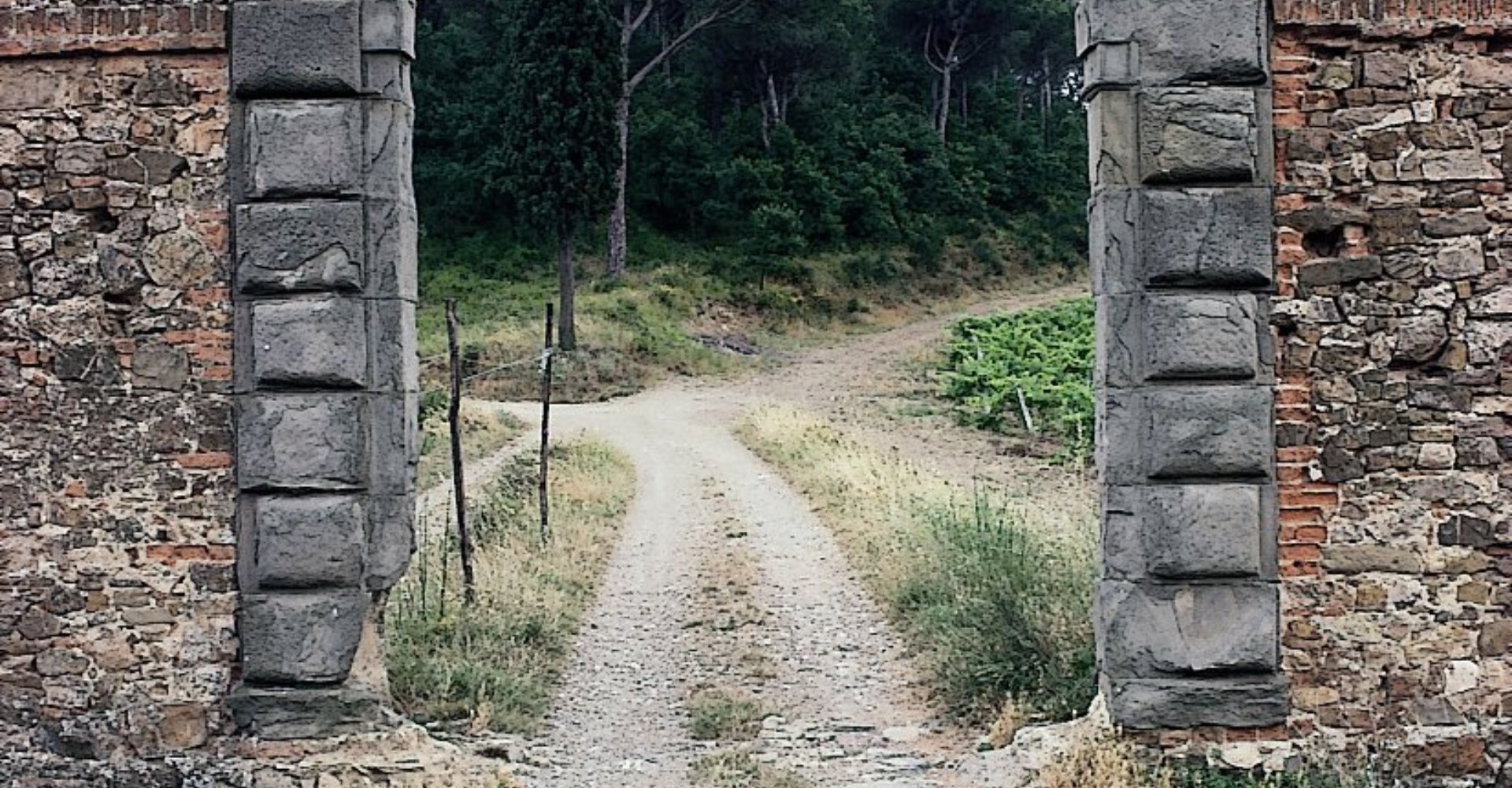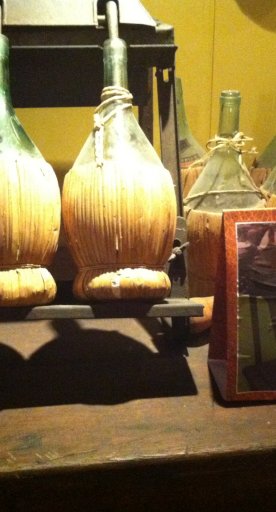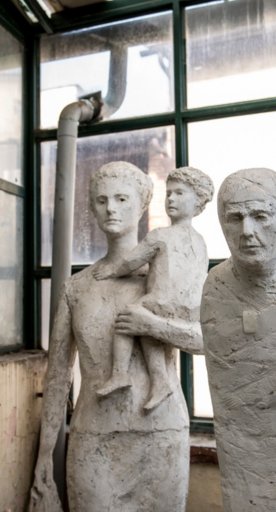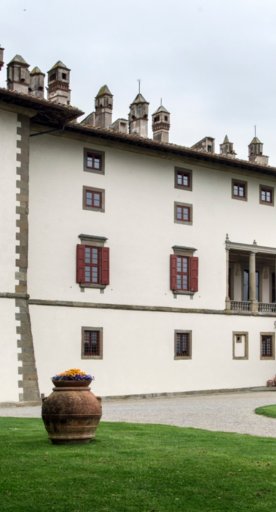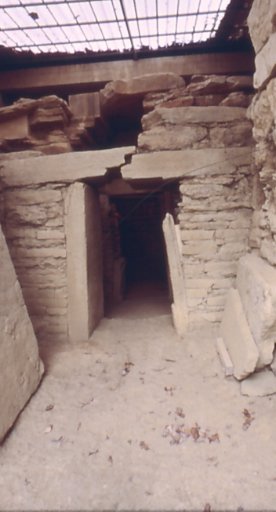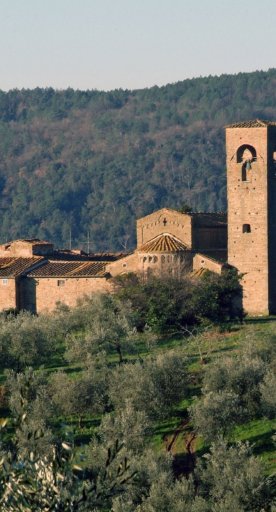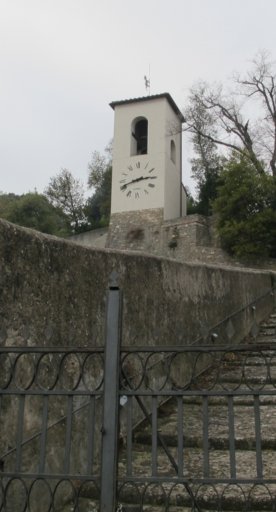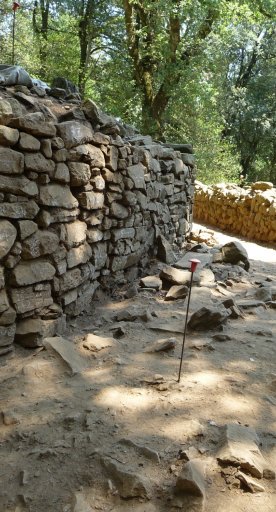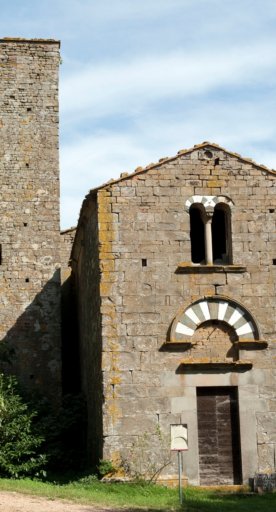Barco Reale Mediceo, Montalbano area
A Medici-era hunting reserve
In 1626, the Medici established Barco Reale, a hunting reserve surrounded by a wall stretching across approximately 50 kilometres in the Montalbano area. The purpose was to protect wild boar, hares, partridges, pheasants and grouses, as well as providing game for the grand duke’s hunts. Strict safeguarding of the woodland and shrubbery was part of the project. In the early 17th century, hunting underwent a decline and the Barco slowly succumbed to abandonment.
When the estate passed to the Lorraine (1736), the farm management was entrusted to tenants who put the interests of the landowners before those of the farmers. Following the mid 18th century, the reduction of timber trading and the amount of work needed to repair the fences and land in the reserve led to a deadlock that was only resolved after Pietro Leopoldo came to the throne in 1765, at which point crucial measures were taken to decide the Barco’s fate. Due to the high management costs, the “sbandita” began, which led to repurposing of the area.
Well-maintained sections and mere traces across 30 kilometres still remain of the 50 kilometres of walling, which originally marked the reserve’s boundaries. The masonry is in uneven sandstone and boulders bound by lime. Gates and sluices appeared from time to time along the wall, whose remains are part of the local cultural heritage that should be preserved and promoted.
